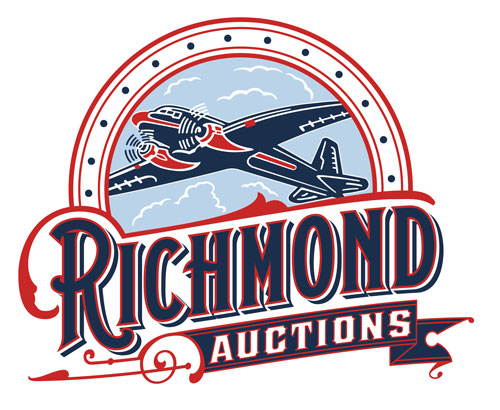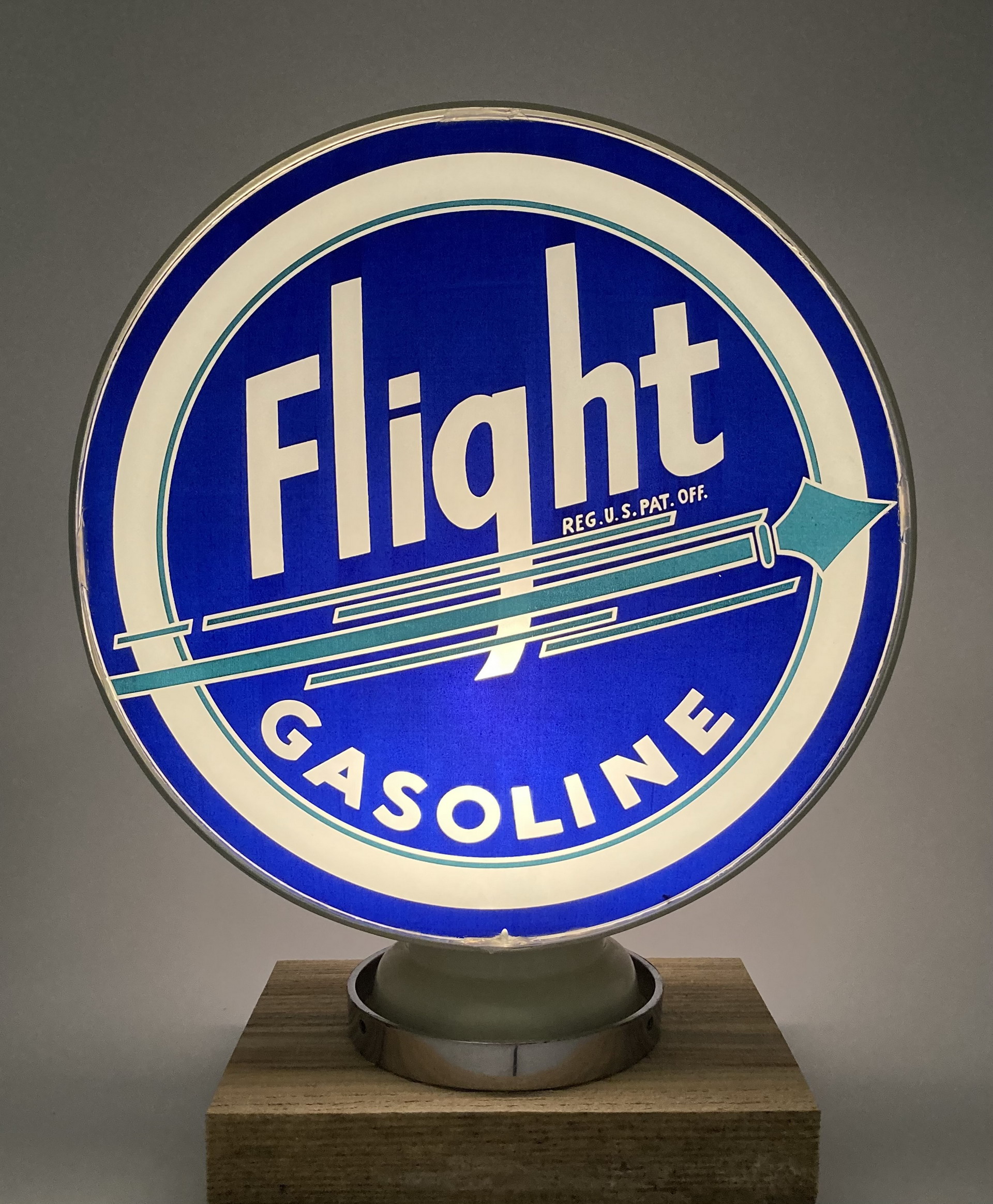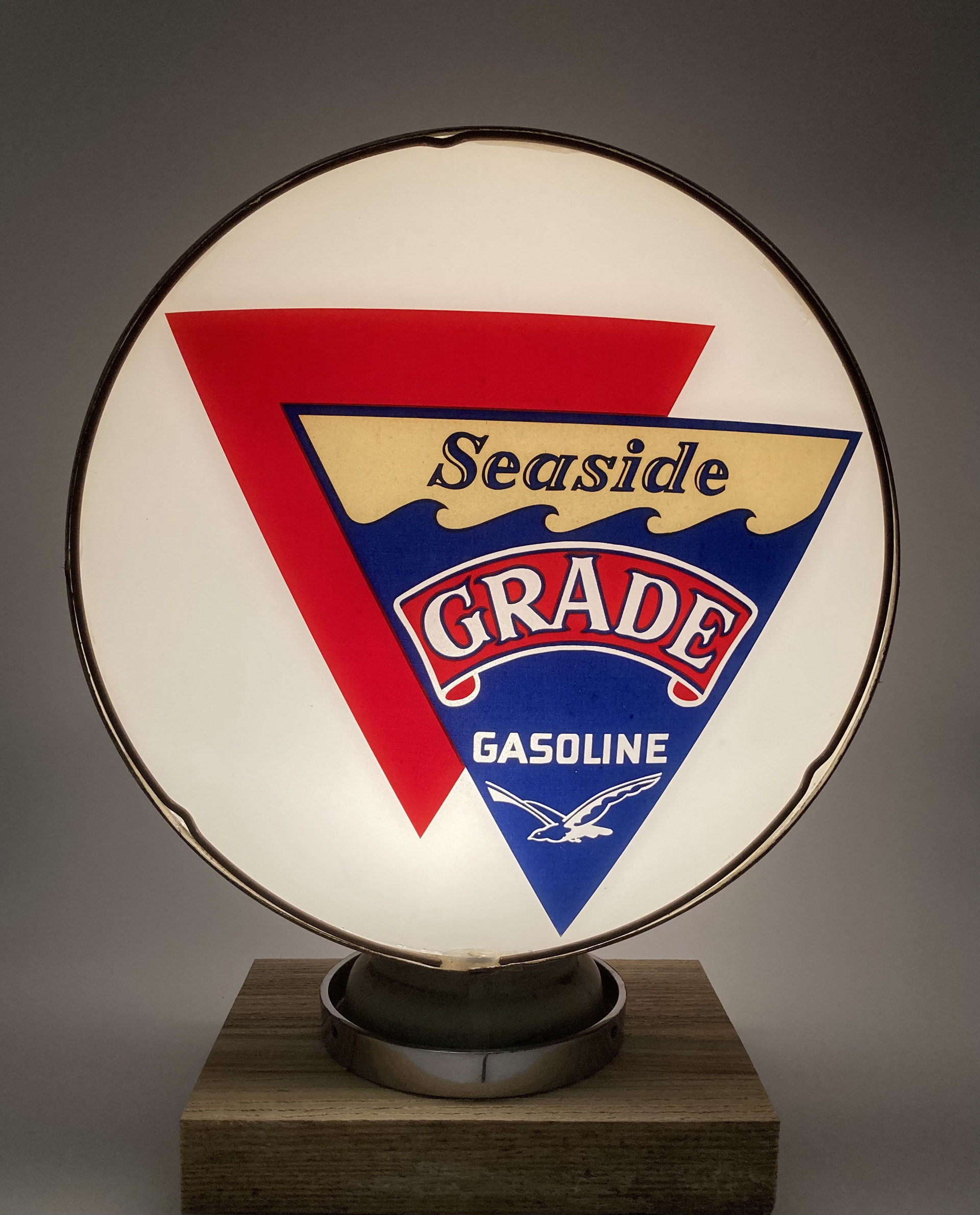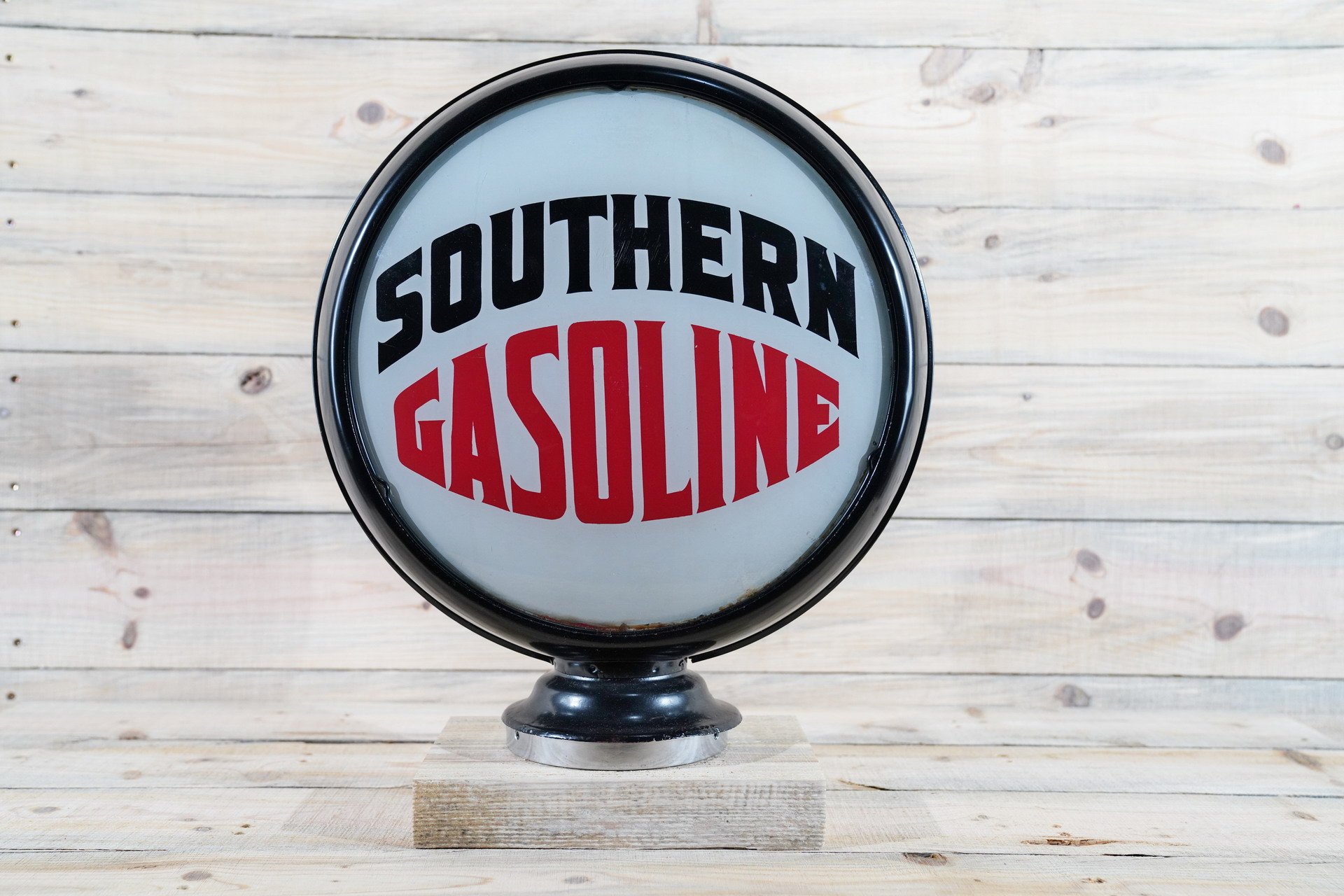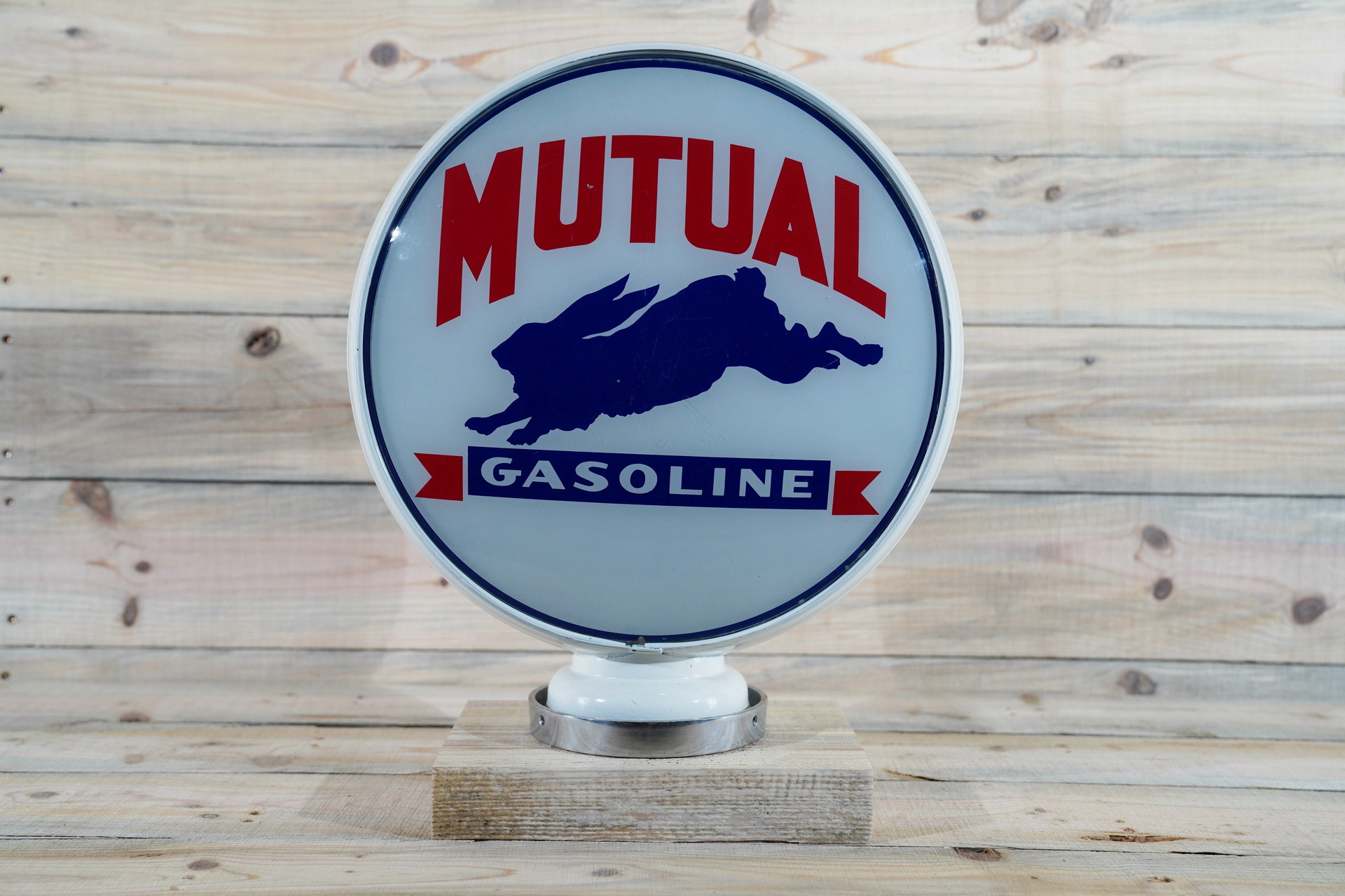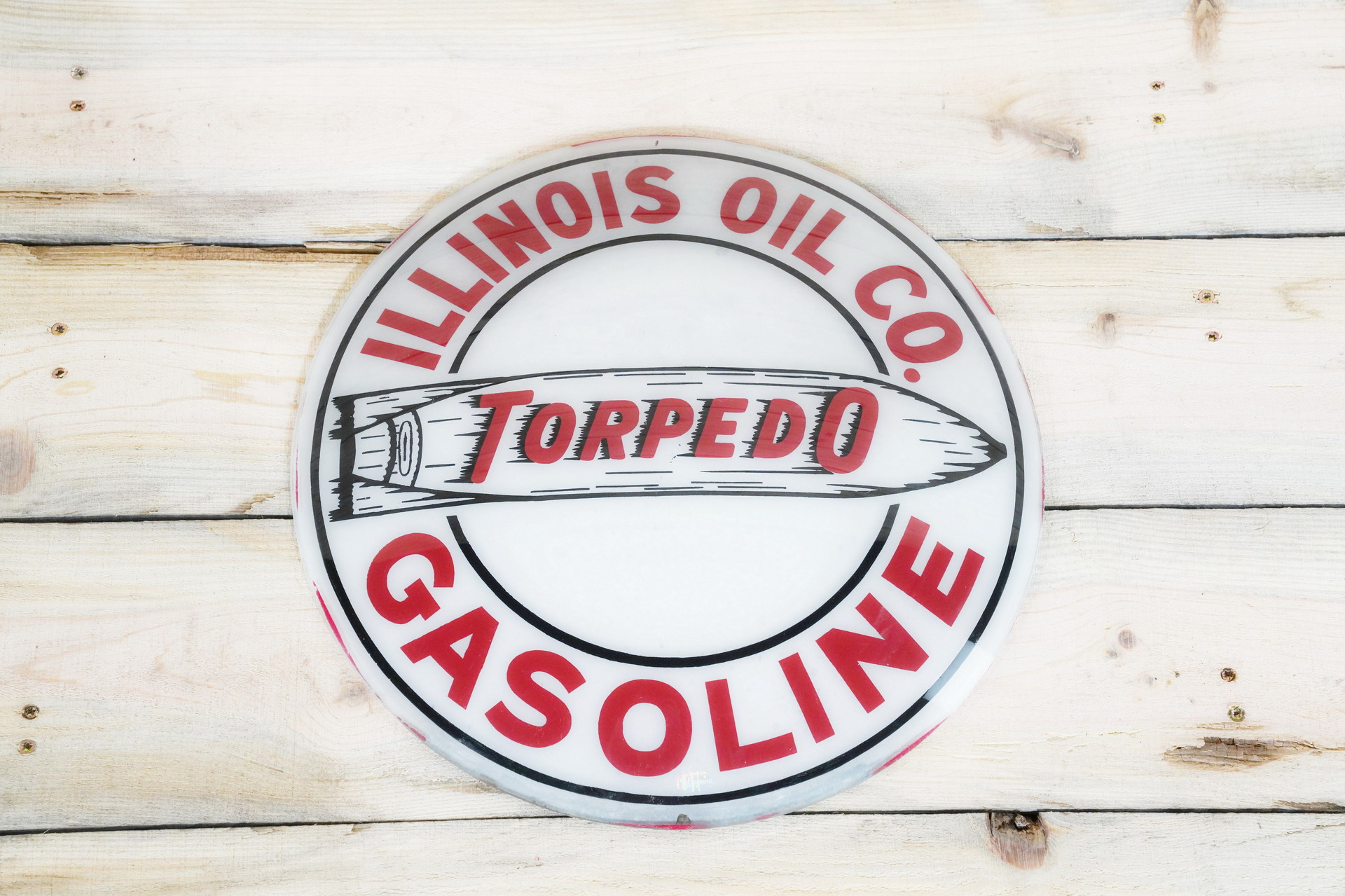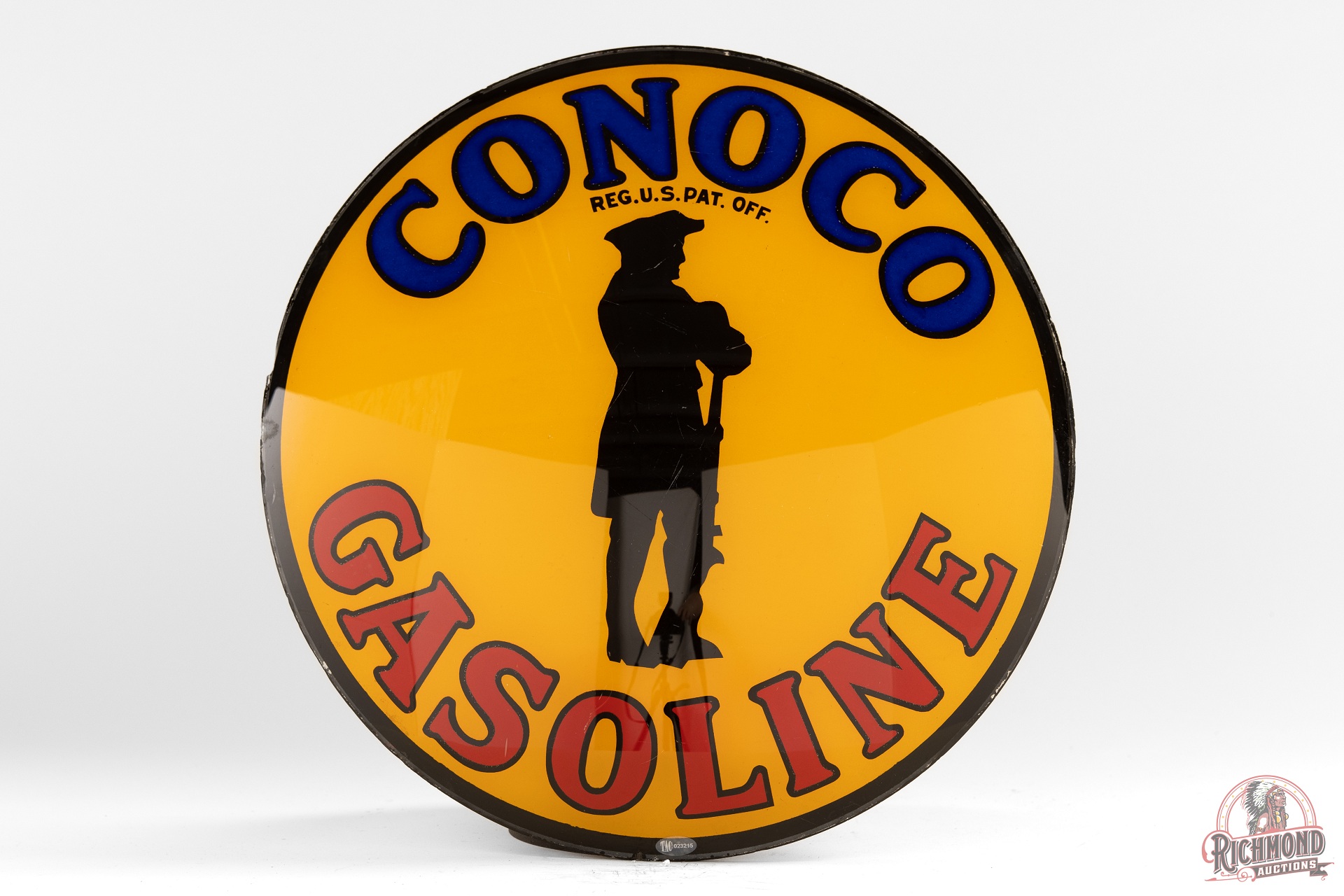
Gas stations, especially those along the highway, need to be highly visible to catch the attention of passing cars and vehicles. These signs are colorful, vivid, and beautifully designed to capture attention. That’s why it is not surprising that many people want to collect these old gas station signs, especially if they’re vintage and from famous locations. For example, an authentic gas station sign from Route 66 is often highly valued among collectors.
History of Gas Station Signs
Gas stations are a part of the American culture. They have been around for more than a century and still hold a special place in people’s hearts. These establishments existed well before the early 1900s. You could only find them in major cities because not many people owned automobiles back then. Gas station owners and employees often performed repairs and servicing while selling gas.
As automobiles became more common, gas stations started cropping up in smaller cities and rural locations as well. By 1910, the market was growing and there was a surge in demand for products like gasoline and lubricating oil. That led to a surge of interesting gas station signs flooding the market.
The competition was especially fierce between the lubricating oil manufacturers in the industry. These signs started to appear in gas stations and grocery stores all over the country. The signs were made from a variety of materials like baked enamel, tin, sheet metal, steel, etc.
They indicated which brands of oil a gas station sold. They were well-designed and often featured cheeky slogans. By the 1920s, gas stations were quite common and came with their own unique signs. You could see things like plate pump signs that were mounted on gas pumps.
Types of Gas Station Signs
Gas station signs advertise different brands and companies. Collectors can find a wide range of options in the market. Vintage signs from the 1920s to the 1960s are quite popular because of the aesthetic. The different kinds of signs available include:
- Baked signs
- Porcelain signs
- Sheet steel signs
- Tin lithograph signs
- Plate pump signs
Different collectors have different preferences when it comes to gas station signs or petroliana signs. They vary in value and style significantly based on the period they are from.
Gas Station Signs For Sale
Brands or company names are the most important concern when it comes to gas station signs. Some company names are more valuable and difficult to acquire than others. Here’s a look at what you need to keep in mind:
- Regional Brands – These are the rarest signs and are considered the most valuable among collectors. The most coveted brands include Gilmore, Signal, and Wilshire.
- Big Brands – Big brands and their descendants have their cult following. Collectors covet names like Shell, Philips 66, and Standard Oil. They also value more modern brands like Esso, Exxon, and Mobil.
- Oil and Gas Brands – Oil and gas brands like Sinclair, Sky Chief, Pennzoil, etc, also have a large following among collectors.
The rarer the sign, the more valuable it is. You also need to make sure the sign is in a good state and maintained well.
Collecting Old Gas Station Signs: A Look Back at Vintage Porcelain, Metal, and Service Signs
Imagine a time when vintage gas stations dotted the American landscape, and colorful, eye-catching old gas station signs beckoned travelers to refuel. Today, these nostalgic relics of a bygone era have become highly sought-after collectibles for car enthusiasts and history buffs alike. Join us as we explore the fascinating world of old gas station signs, their history, materials, and iconic brands that have captured the hearts of collectors worldwide.
Short Summary
- Vintage gas station signs boast a nostalgic allure with bold graphics, unique designs, and connections to the past.
- Evaluating rarity and value of vintage gas station signs requires research into materials used in manufacturing techniques as well as brand recognition & location factors.
- Collecting vintage memorabilia can create an eye-catching display that tells a story while preserving history for future generations.
The Allure of Vintage Gas Station Signs
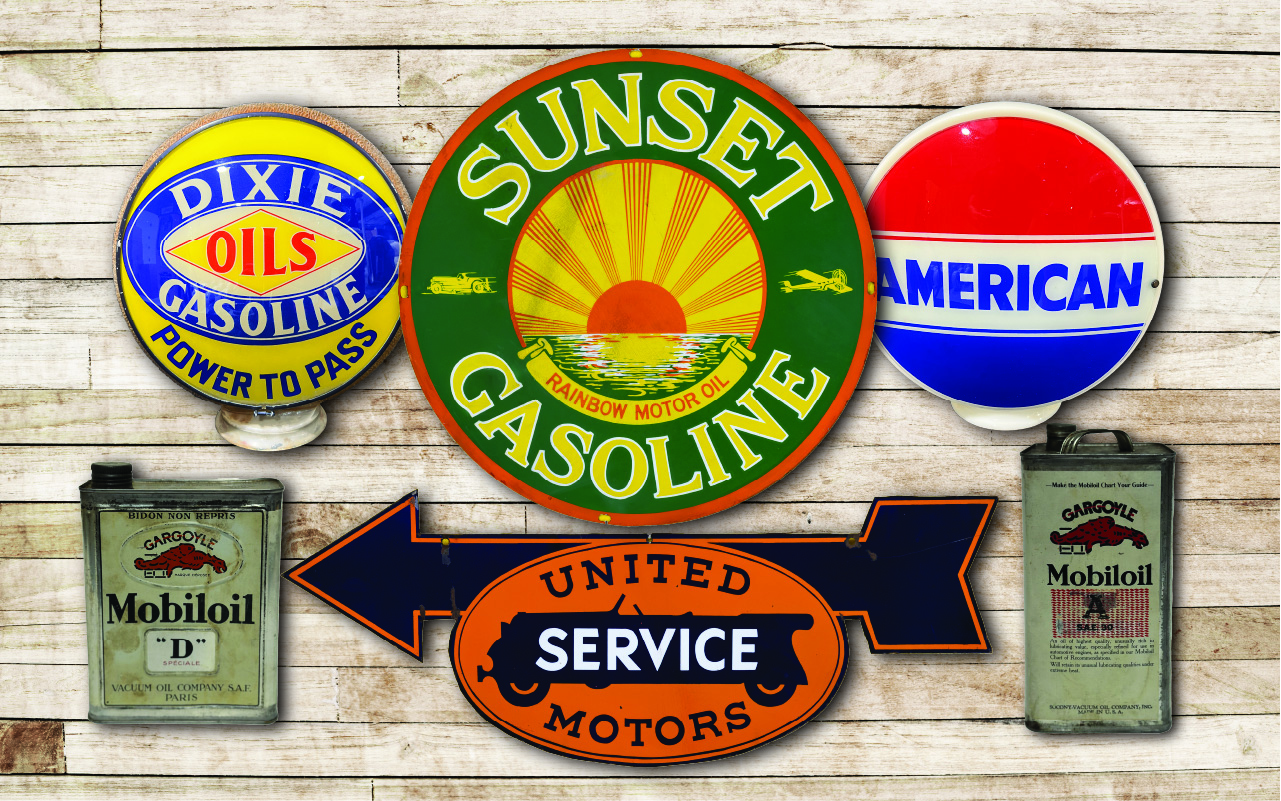
Vintage gas station signs, including oil signs vintage gas, possess a nostalgic allure that transcends time and draws in collectors from all walks of life. Their bold graphics, unique designs, and connection to a bygone era make them visually appealing and highly collectible. As we delve into the world of vintage signs, we’ll discover the captivating charm of gas station signs and the fascinating history that surrounds them.
From the Roaring Twenties to the Swinging Sixties, vintage signs from various eras continue to captivate collectors, with porcelain, metal, and baked enamel signs being the most sought after. The brand or company name featured on these signs is paramount to their value, with iconic oil and gas brands often fetching top dollar in the market.
As we journey through this nostalgic world, we’ll learn about the materials and manufacturing techniques that brought these signs to life, and the iconic brands that made them unforgettable.
Materials and Manufacturing Techniques
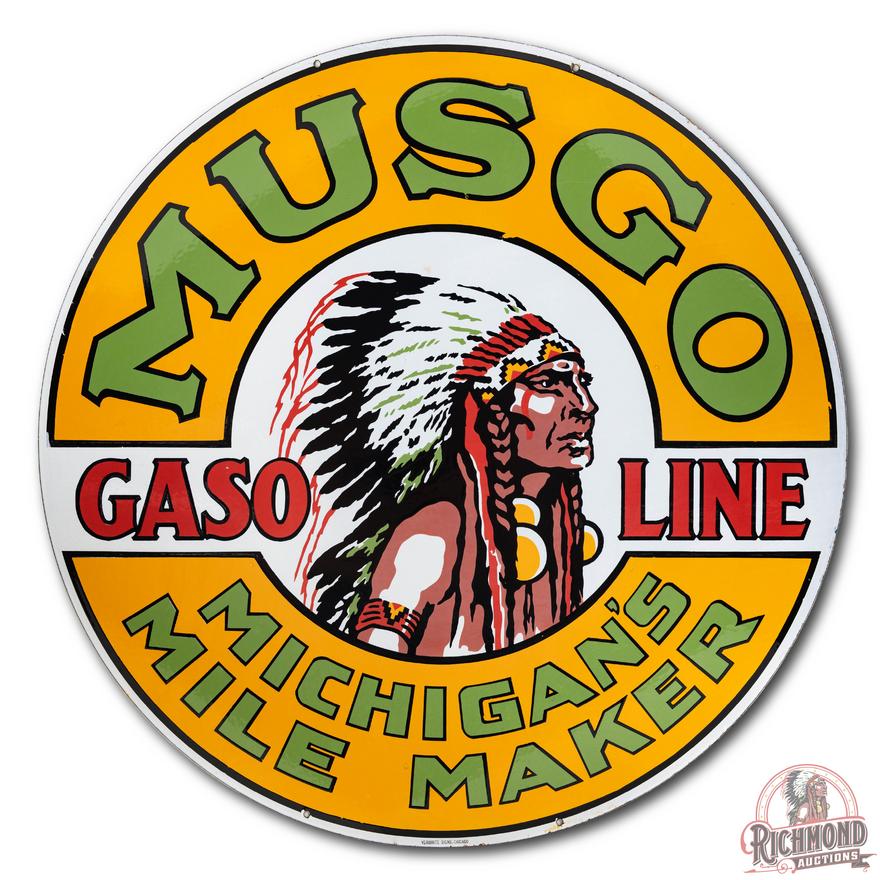
Gas station signs, including motor oil signs, were crafted from a variety of materials and techniques, each with its own unique characteristics. From porcelain and metal to baked enamel, these signs were designed to withstand the test of time and the elements.
In this section, we’ll delve into the fascinating world of vintage sign materials and the manufacturing techniques that brought them to life, making them a lasting tribute to the automobile industry.
Porcelain Signs
Porcelain signs can trace their origins back to Europe, where they became widespread by the late 1800s, with craftsmen from Germany, Italy, and other countries contributing to their development. These signs were eventually imported to the United States, where they adorned the walls of gas stations and other businesses, capturing the essence of the era with their vibrant colors and durable construction.
Renowned for their durability and vivid colors, porcelain signs were created by combining powdered glass with clay, which was then fired in a kiln. This process rendered them resistant to fading and corrosion, making them an ideal choice for advertising.
Today, porcelain signs are considered a rare sign and valuable, highly sought after by collectors due to their unique characteristics and historical significance.
Metal Signs
Metal signs, typically composed of tin or steel, have a rich history that dates back centuries, with the ancient Romans being among the first to utilize metal signs for their expansive road network. In the United States, tin advertising signs first appeared in the early 19th century and were hand-painted, making them relatively expensive at the time.
Over the years, metal signs became an integral part of advertising and commerce, serving as a testament to the evolution of the industry. Some features of metal signs include:
- Embossed designs
- Glossy finish
- Durability
- Weather-resistance
These qualities made metal signs a more cost-effective option for gas stations and other establishments.
These signs became ubiquitous until materials became scarce or were required for the war effort. Today, metal signs are cherished collectibles, sought after by collectors for their unique designs and connection to the past.
Baked Enamel Signs
Baked enamel signs, like those from Standard Oil, offered a unique combination of metal and enamel paint, which was baked in an oven to create a glossy finish. This process resulted in signs that were highly resistant to weather and fading, making them an ideal choice for outdoor advertising.
The manufacturing process of baked enamel signs involved combining metal and enamel paint, then baking the combination in an oven to achieve a glossy finish. Their durability and resistance to weather and fading made baked enamel signs rare and highly valued, much sought after by collectors for their beauty and historical significance.
Iconic Oil and Gas Brands
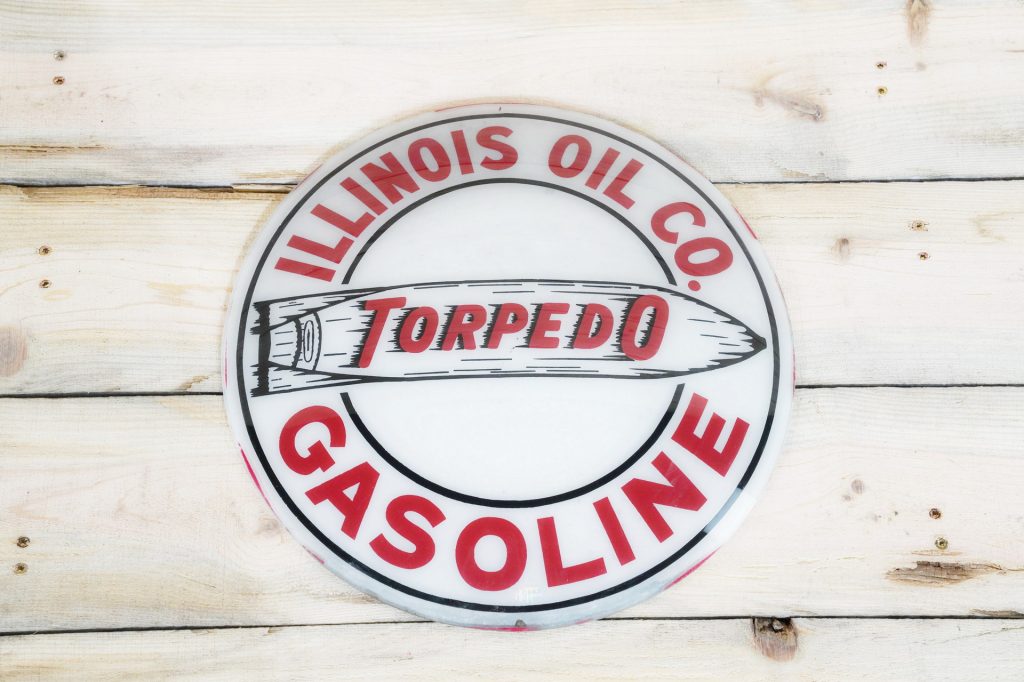
Iconic oil and gas brands, such as Texaco, Shell, and Mobil, played a significant role in shaping the landscape of vintage gas station signs. Their memorable signs, crafted from materials like porcelain, metal, and baked enamel, are now highly sought after by collectors. These iconic company names are synonymous with the oil and gas industry, and their collectible signage is a testament to their enduring appeal.
As we explore these iconic brands, including Red Crown Gasoline, we’ll gain insight into the history and significance of their signs and the impact they’ve had on the world of gas station memorabilia. From the bold red and white Texaco star to the unmistakable Shell logo, these signs have captured the hearts of collectors and enthusiasts alike, serving as a lasting tribute to the golden age of the automobile.
Evaluating Rarity and Value
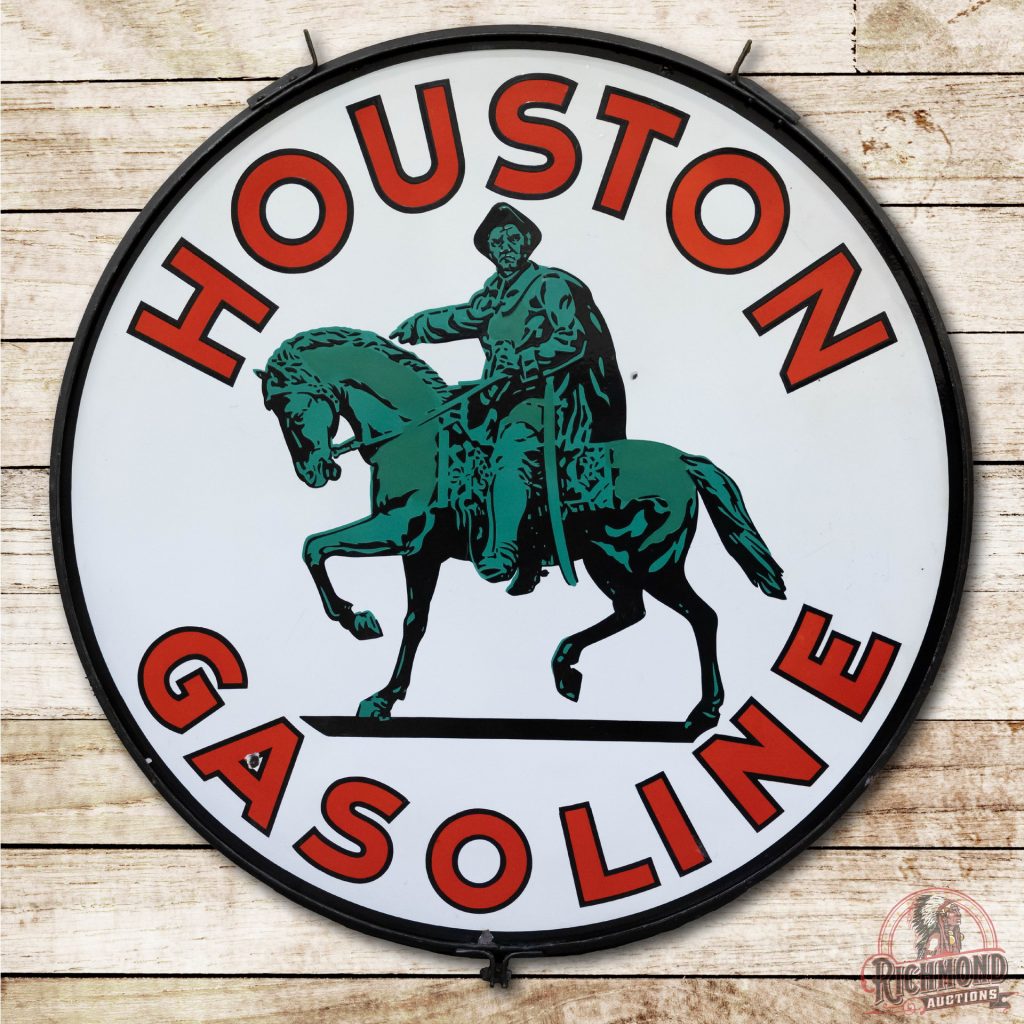
Determining the value of vintage gas station signs involves considering factors such as rarity, condition, and brand recognition. The scarcity of a particular sign is a major contributor to its value. Generally, signs with fewer known examples are considered rarer and thus more valuable. Furthermore, the manufacturer, date of production, and location can also influence the rarity and value of a vintage gas station sign.
When assessing the value of a gas station sign, it’s also important to consider its condition and upkeep. Signs in better condition are typically more valuable, as they have been well-preserved over time. By understanding these factors, collectors can make informed decisions when acquiring vintage gas station signs, ensuring that they not only appreciate the history behind their collection but also the value it holds.
Preserving and Restoring Vintage Gas Station Signs
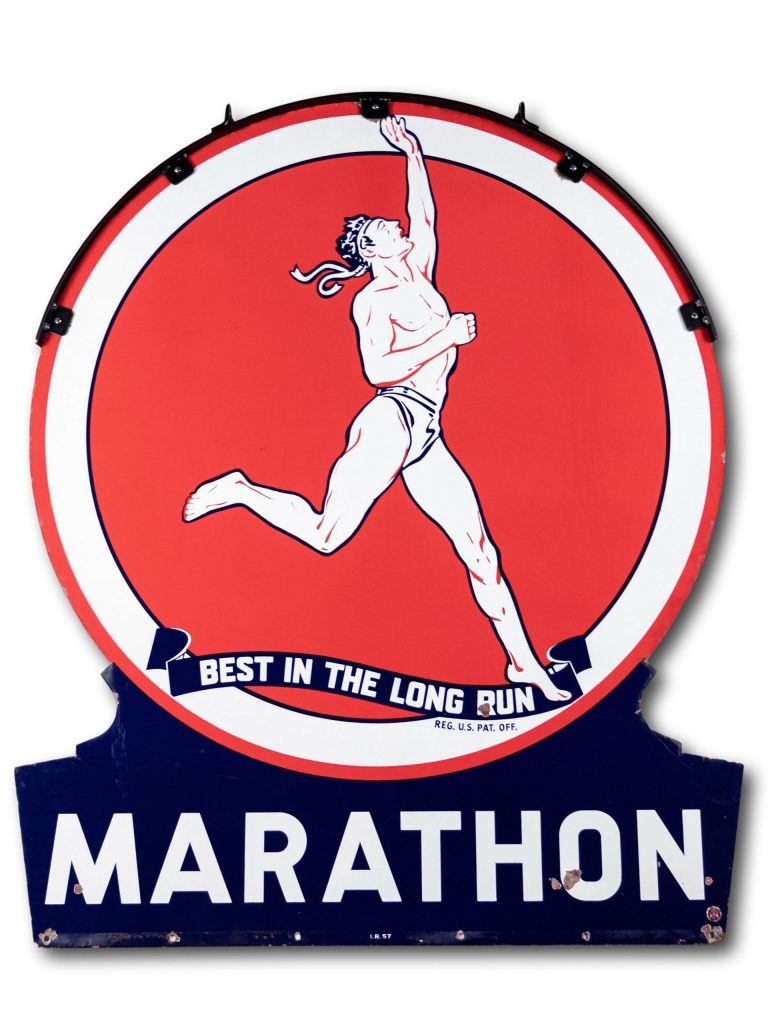
Proper preservation and restoration techniques are crucial in maintaining the original beauty and value of vintage gas station signs. To preserve these signs, it’s essential to thoroughly clean and remove rust, ensuring they are ready for restoration. Additionally, it’s advisable to refrain from painting over the signs, as this can reduce their value.
When it comes to restoring vintage gas station signs, a careful approach is necessary. Utilizing the right materials and techniques is essential to ensure that the signs are not damaged during the process. This includes using appropriate paint, sealants, and other materials to restore the signs to their original condition. By applying these methods, collectors can enjoy their vintage signs for years to come, knowing they have been properly preserved and restored.
Displaying Your Collection
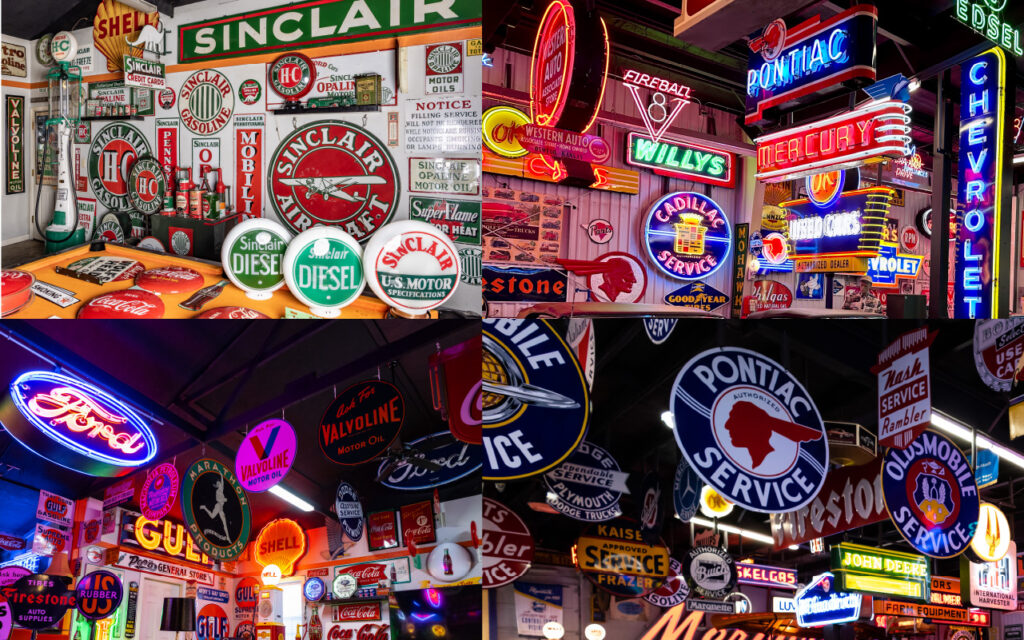
Displaying a collection of vintage gas station signs can add a unique character and nostalgic touch to any space, such as a garage, man cave, or office. From classic porcelain and metal signs to life-sized replicas of vintage gas pumps, these eye-catching pieces can transform an ordinary room into an extraordinary tribute to the golden age of the automobile.
When displaying vintage gas station signs and memorabilia, consider the following tips for maximum visual impact:
- Hang signs on walls to create a focal point.
- Arrange signs on shelves to create a curated display.
- Create a themed space that reflects the era of the signs.
- Use lighting to highlight specific signs or areas.
- Add props or other vintage items to enhance the overall display. By thoughtfully displaying your collection, you’ll not only showcase your passion for vintage gas station signs, but also create a space that tells a story and sparks conversation.
Navigating the World of Collectible Signs
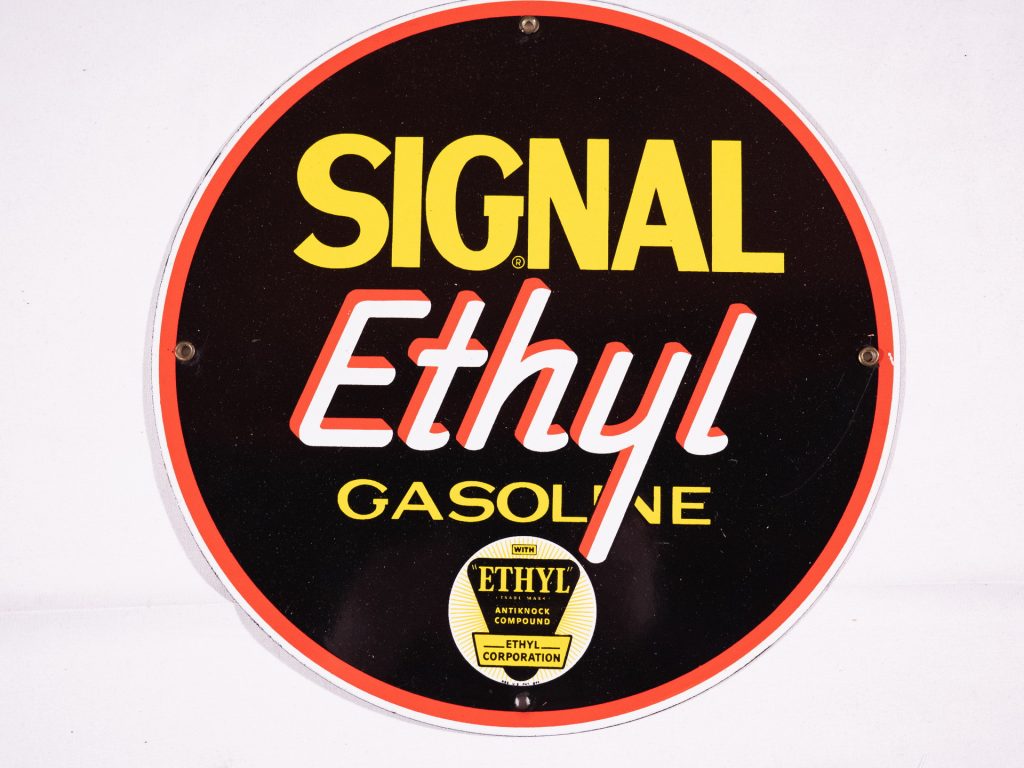
As collectors delve into the world of collectible signs, research, patience, and a keen eye for authenticity are essential to avoid reproductions and fakes. By learning about the different types and materials used in vintage gas station signs, collectors can better understand the nuances of this unique market.
In addition to understanding the various materials and manufacturing techniques, collectors should also be aware of the indicators that can help determine the age of a vintage piece. Furthermore, collectors must exercise caution when acquiring vintage memorabilia, ensuring they are not misled by replicas or counterfeit items.
By taking the time to learn about the world of collectible signs and applying this knowledge, collectors can confidently navigate the market and build a truly exceptional collection.
The Evolution of Gas Stations and Their Signs
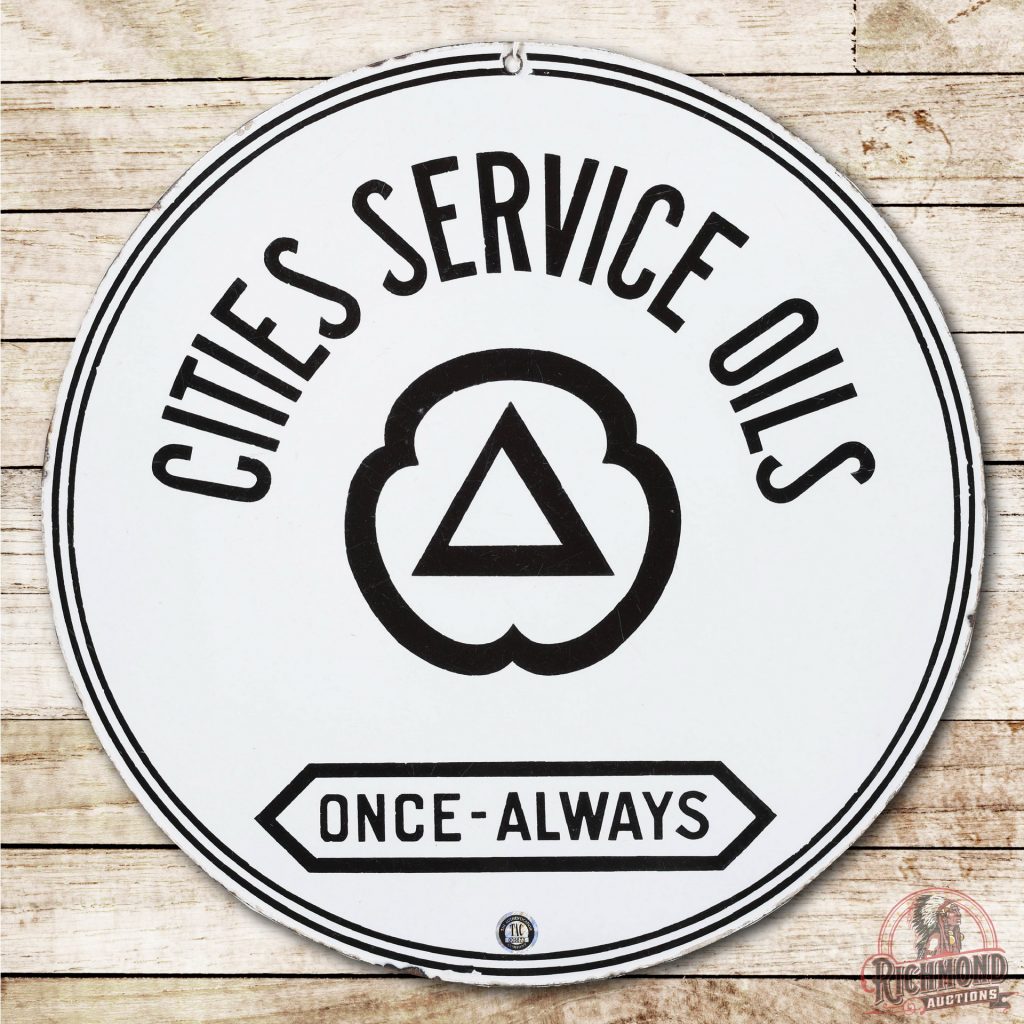
The history of gas stations and their signs is a fascinating journey that reflects the changing landscape of the automotive industry and the growth of consumer culture. From the first drive-in service station that opened in Pennsylvania in 1913 to the self-serve gas stations invented by Herb Timms in 1964, these establishments have evolved in design and purpose over the years.
Old gas station signs have also been an integral part of this evolution, becoming iconic representations of American motoring culture. Pump plates, for example, were affixed to the pumps at filling stations to indicate and advertise the brand of gasoline associated with the pump.
As we reflect on the history of gas stations and their signs, we can appreciate the progress of the automobile industry and the role these nostalgic relics continue to play in our lives.
Exploring Other Vintage Memorabilia
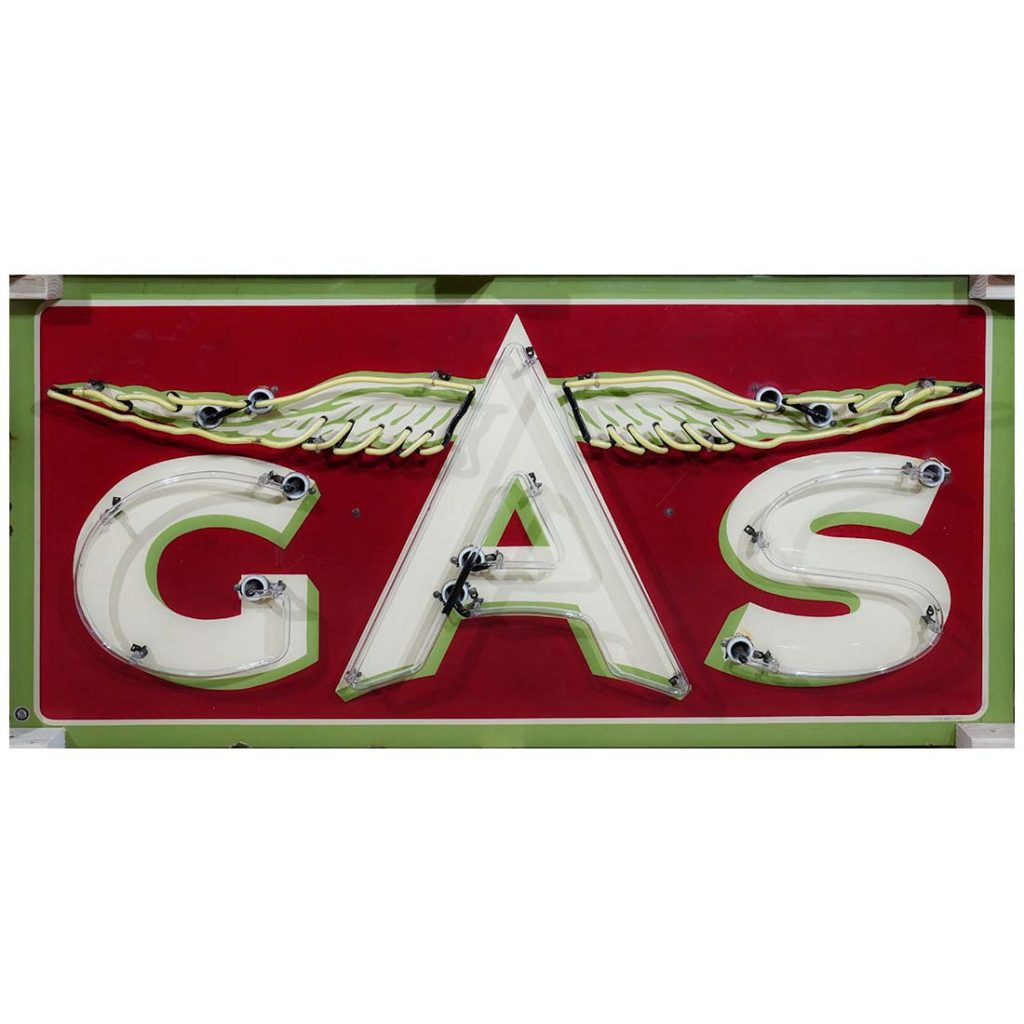
In addition to old gas station signs, collectors can explore other vintage memorabilia to further enhance their collection. Some examples include:
- Novelty barware
- Hunting decoys
- Depression glass
- Original paintings
There’s a vast array of collectibles waiting to be discovered.
The value of vintage memorabilia is contingent upon its rarity, condition, and demand. As collectors broaden their horizons and explore other forms of memorabilia, they can apply the same principles of research, patience, and authenticity that have served them well in the world of vintage gas station signs. In doing so, they can build a diverse and fascinating collection that captures the essence of nostalgia and the history of a bygone era.
Summary
From the nostalgic charm of vintage gas station signs to the captivating history of the oil and gas industry, we’ve explored the fascinating world of collectible signs and memorabilia. By understanding the materials, manufacturing techniques, and iconic brands behind these signs, collectors can build a collection that truly reflects their passion for the golden age of the automobile. As we cherish the relics of the past, we also celebrate the enduring appeal of old gas station signs and their timeless connection to a bygone era.
Frequently Asked Questions
What are gas station signs made of?
Gas station signs are typically constructed from flexible and lightweight plastic products such as polycarbonate, acrylic sheet, styrene, fluted polypropylene, PVC foam, ACM (AluPOLY®) and illuminated by LED lights.
LED lights are becoming increasingly popular for gas station signs due to their energy efficiency, long life, and bright illumination. They are also more cost-effective than traditional lighting sources, making them a great choice for businesses looking to save money.
When selecting a material for a gas station sign, it is important to consider the material.
How can I determine the age of a vintage gas station sign?
To estimate the age of a vintage gas station sign, examine the materials used to craft it, research its manufacturer, and check for dated logos from oil and gas companies.
Look for signs of wear and tear, such as fading, rust, and peeling paint. Check for any identifying marks, such as a serial number or manufacturer’s logo. These can help you determine the age of the sign.
Research the topic.
What factors influence the value of vintage gas station signs?
Rarity, condition and brand recognition are all key factors that influence the value of vintage gas station signs.
These factors can determine the price of a sign, as well as its desirable to collectors. Rarity is often the most important factor, as signs that are rarer tend to be more common.
What are some tips for preserving and restoring vintage gas station signs?
To preserve and restore vintage gas station signs, start by cleaning them and removing any rust. Then use appropriate materials and techniques to maintain the original condition.
Where can I display my collection of vintage gas station signs?
Display your collection in spaces like a garage, man cave, or office for an impressive and nostalgic atmosphere.
Creating a space to show off your collection can be a great way to show off your personality and interests. It can also be a great conversation starter when you have guests over.
